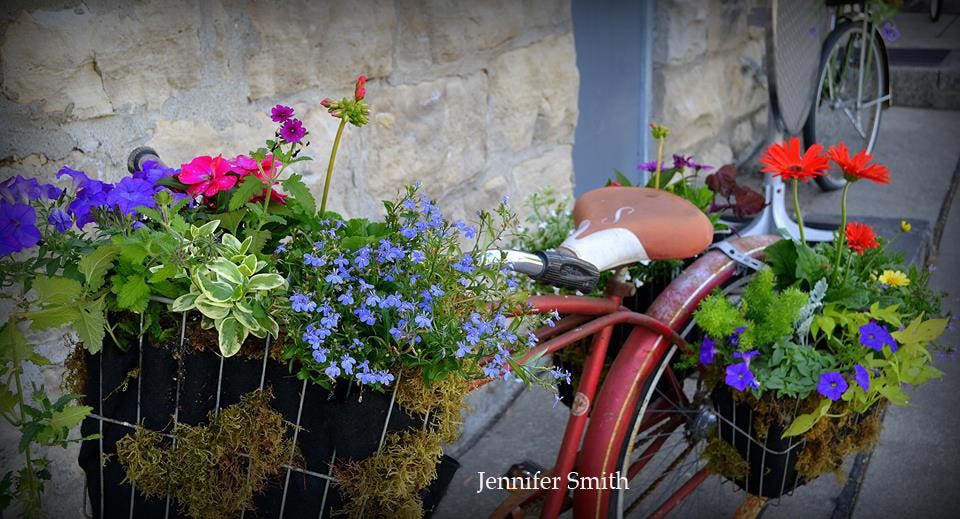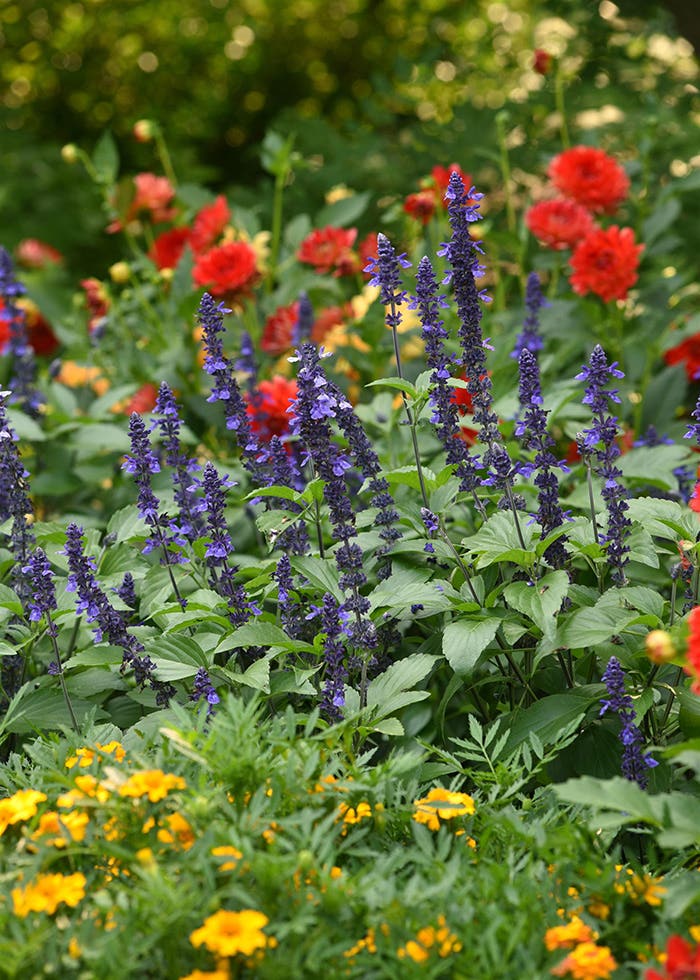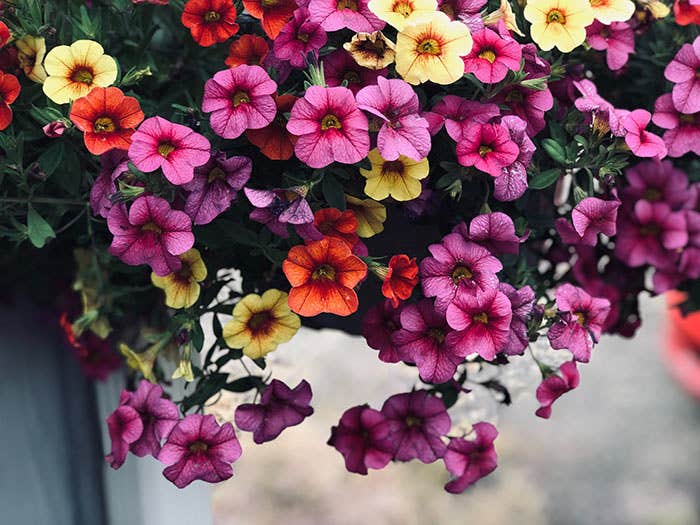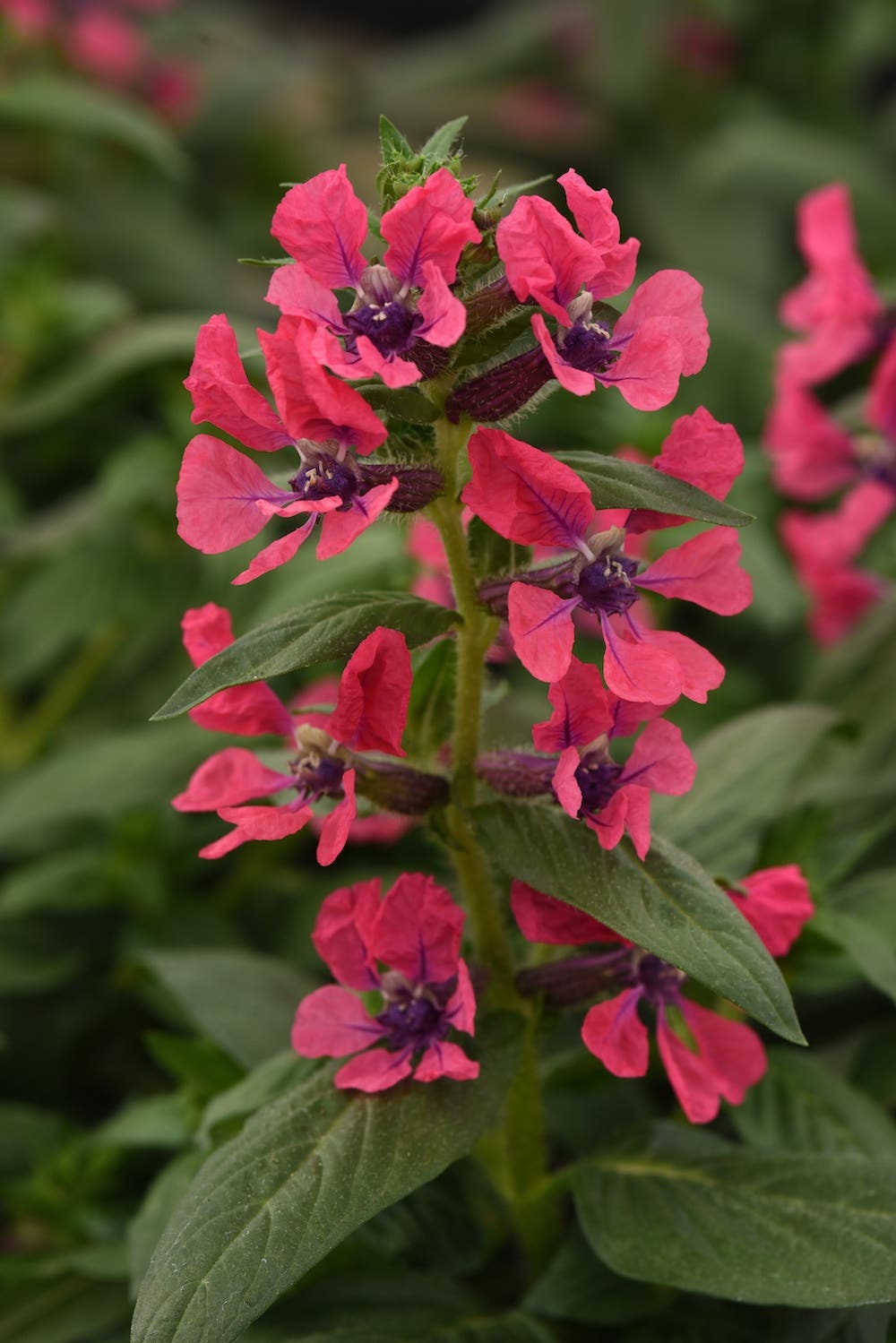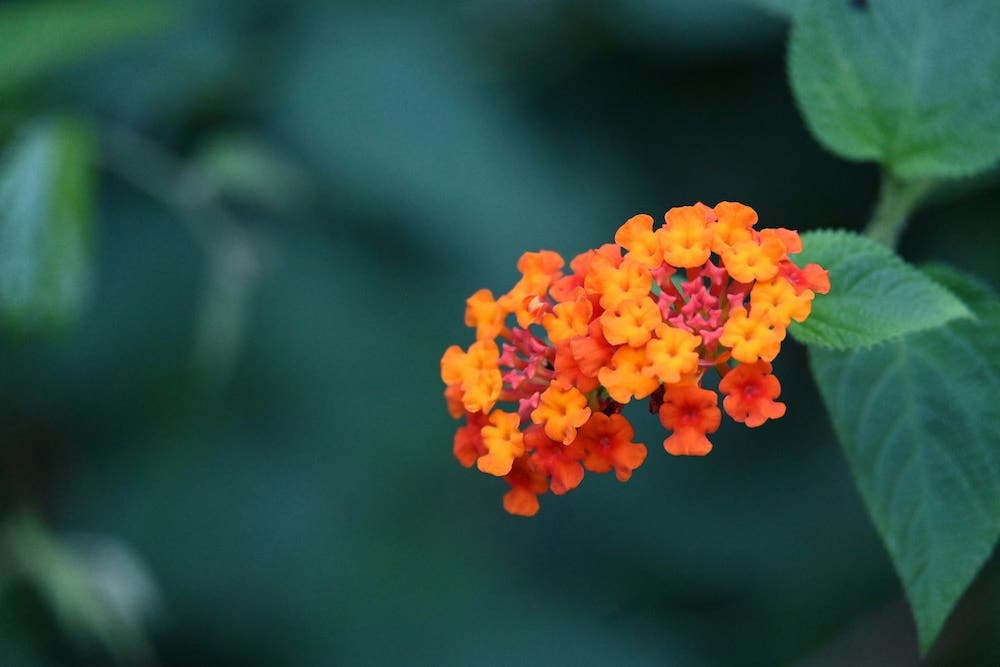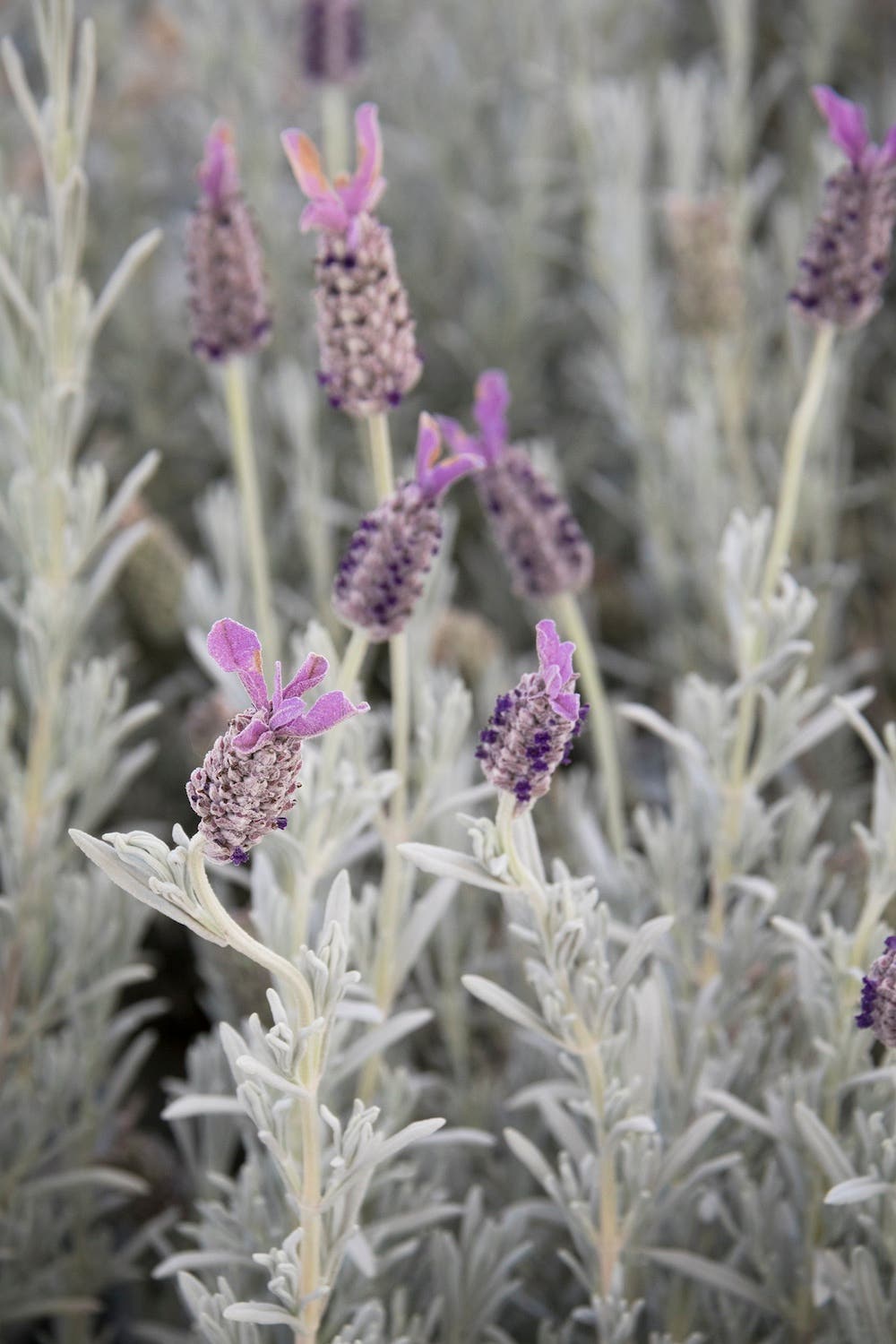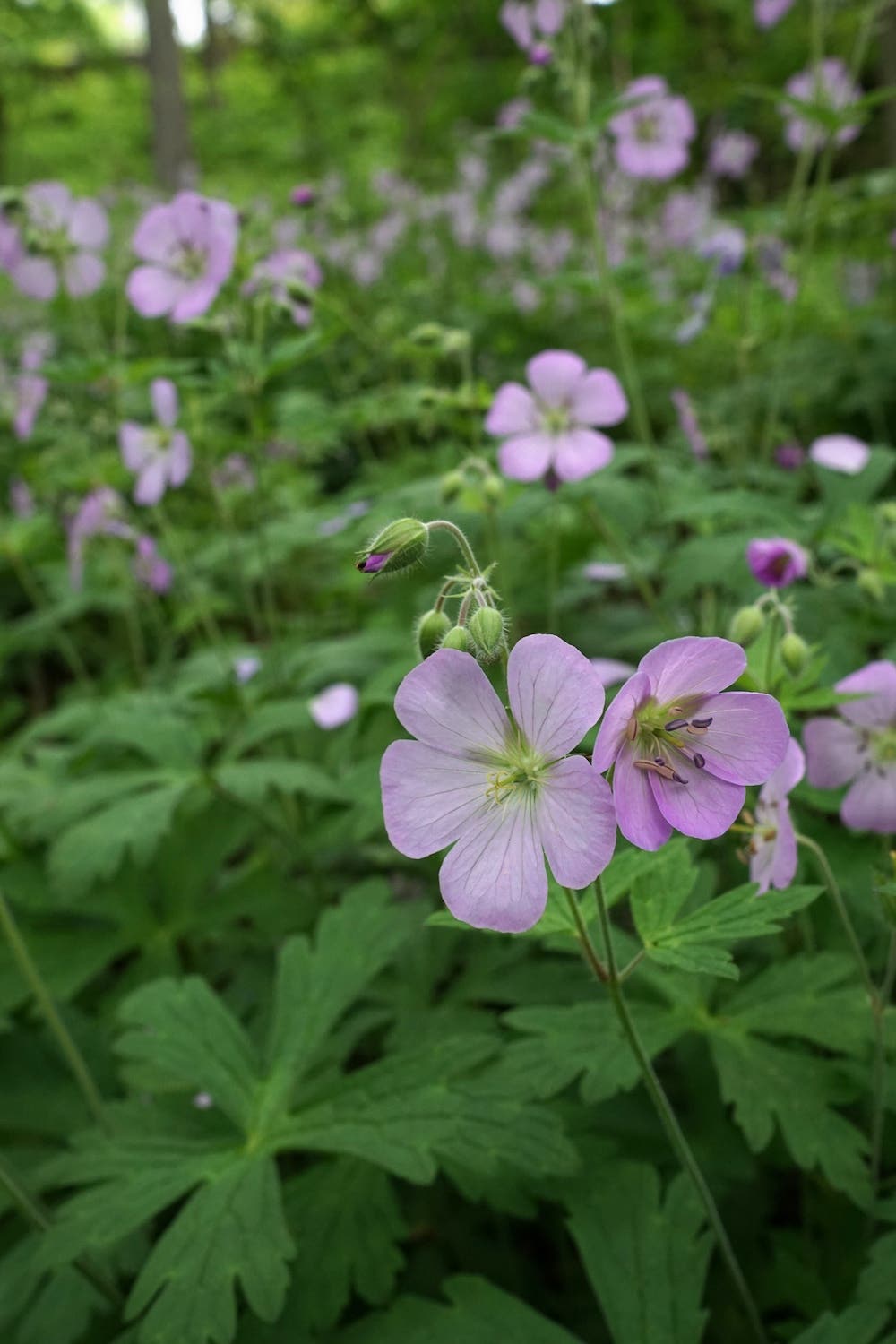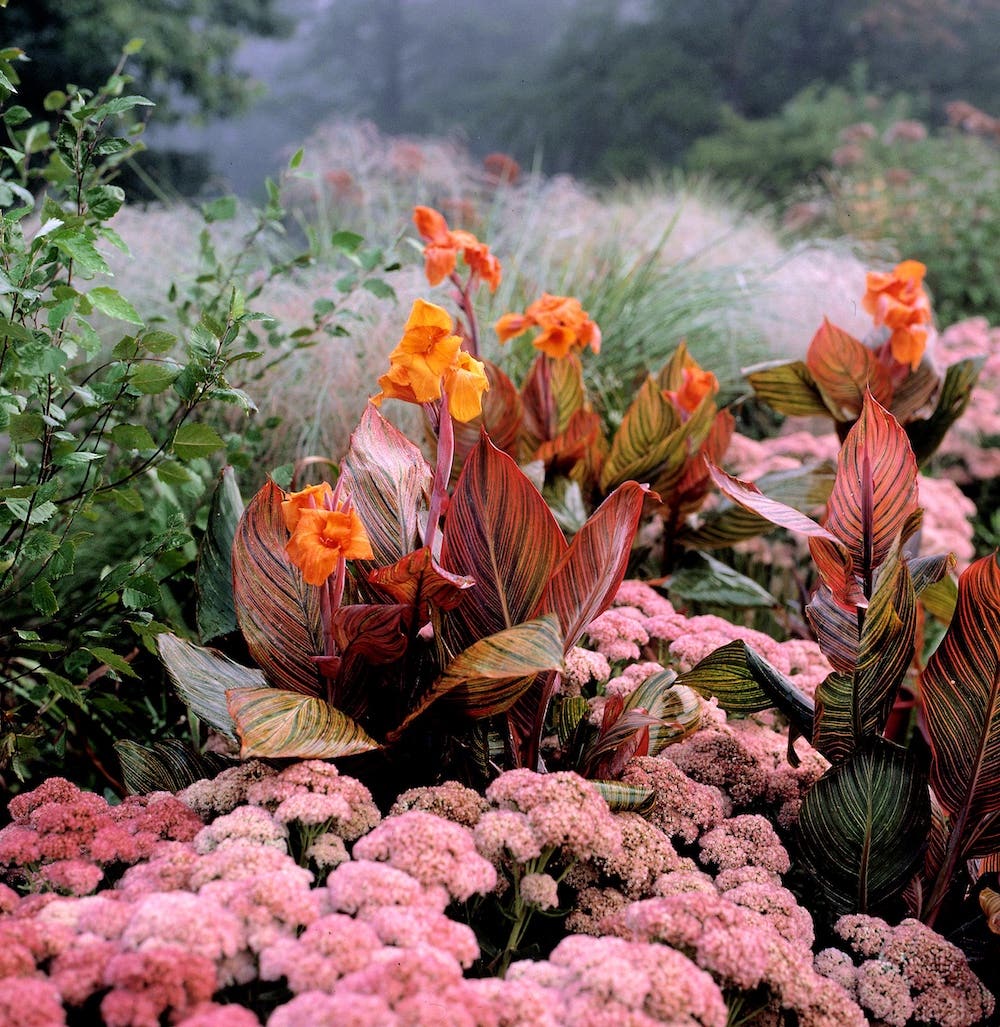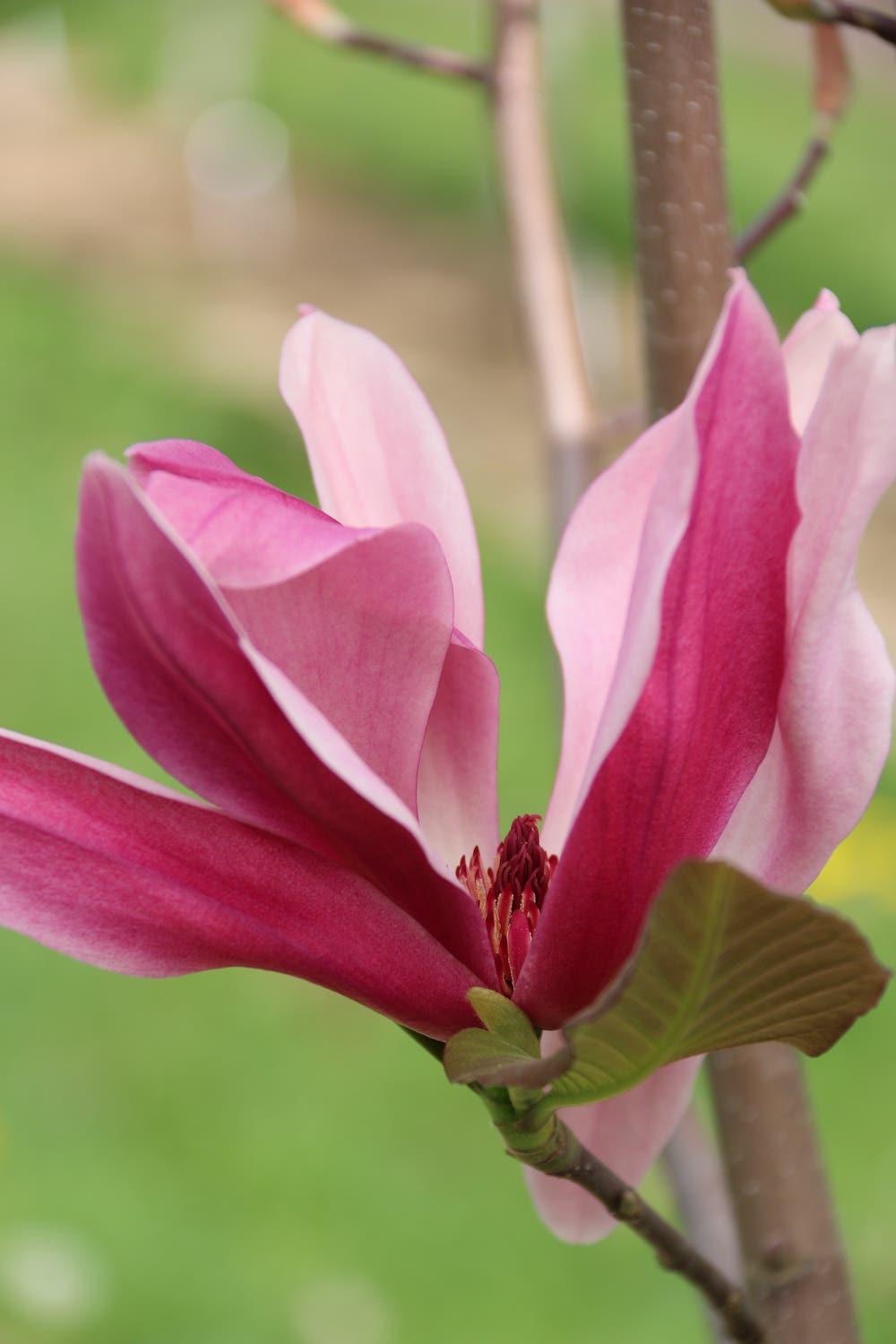Create Annual Planters that are Dramatic and Full of Color
Combine a designer’s best advice with the year’s new varieties for a summer’s worth of showstopping containers
New Jersey garden designer and educator Laura Janney works from the premise that plants bring happiness. Through her design studio, The Inspired Garden, she helps homeowners determine their preferred garden style, then draws up a plan that will create true joy. Annual planters factor significantly into her work, with clients requesting pots that are colorful and dramatic, especially by the front door.
“Clients who approach me for container designs want to create a welcoming entrance and enhance curb appeal, making their home feel inviting right from the first glance,” she says, adding that they also want the plants to persist with minimal input and to avoid damage from New Jersey’s ubiquitous deer. Keeping these main criteria in mind, Laura sources seasonal plants and creates dynamic compositions. While annual planters will always vary a bit to match the home’s style and the client’s color preferences, she adheres to some principles and plants that have proven themselves invaluable.
Starting Points
Laura points out that an outstanding annual planters' design really starts with the container itself.
“When selecting containers, I prefer ones that are circular at the top with a 15-inch diameter,” she says. “This size is ideal because it's large enough to make an impact but not so large that it overwhelms the individual beauty of the flowers.” She also points out the benefits of taller containers: These really highlight the plants, and in the larger view they add height and save space.
For the actual design, Laura recommends aiming for a balance of color, height and texture—but she believes there’s one key to a perfect design.
“The most important aspect is to incorporate flowers that you personally love, as this adds a personal touch and ensures the design feels meaningful and enjoyable,” she says. And once those favorite flowers have made their way into the mix, think about editing it around them: “Less is more,” notes Laura. “It's crucial to keep the design simple and let the flowers themselves be the main attraction.”
The thriller-spiller-filler formula can seem like a way to simplify the design process, but Laura suggests viewing this as a starting point, not a strict rule. She will start with a dramatic centerpiece, add a few more eye-catchers, then balance things out with filler plants and trailers, she notes. But it helps to be flexible.
“Sometimes, especially with shorter containers, I forgo a centerpiece and create more of a mound. Sometimes I forgo the trailers if they are too much and distracting,” she explains. “My approach is to adapt the formula to fit the specific context and goals of each container, ensuring the final result is harmonious and appealing.”
Plants with Panache
Laura has several go-to flowers that she loves to incorporate into her annual planters. For centerpieces, she often turns to annual salvia and angelonia, citing the dramatic upright growth habit of both these deer-resistant plants. To these she might add geraniums (Pelargonium) and dahlias for pops of color.
“Geraniums’ showy flowers bloom for a long duration, filling out pots nicely,” she says. “Dahlias offer show-stopping flowers that add a significant amount of interest and drama, making any container feel special.”
To fill out the design, she turns to annual vinca (Catharanthus roseus), also known as Madagascar periwinkle, and marigolds, which she calls “sometimes underrated.”
“They’re a favorite of mine for their hardiness, insect-repelling qualities and delightful scent,” she says. Calibrachoa, petunias, creeping jenny and potato vine round out Laura’s list of frequent fliers in annual planters—though she has other go-to’s for specific situations (see “Pretty Tough Plants,” below).
No matter the ingredients, a mixed container needs a balance of excitement and restraint. Laura recommends using different shapes and textures to up the interest and sticking to fewer colors to keep the overall design cohesive. The intricately patterned or bicolor flowers that have come to market offer both design opportunities and challenges.
“I recommend pairing them with other blooms that have more solid or simple colors,” Laura says. “This approach helps prevent the patterned blooms from competing visually with neighboring plants, allowing them to be the focal point of the arrangement. By carefully selecting companions that complement rather than overwhelm, you can create a balanced and visually appealing container garden that highlights the unique beauty of patterned and bicolor flowers.”
Of course, even the most carefully calculated container design may not win out against the vagaries of weather or the arrival of pests. Tired plants call for replacements; gardeners shouldn’t hold back from subbing in fresh subjects over the course of the summer.
“There’s no need to hold onto a plant that doesn’t bring you joy,” says Laura. “Remember, maintaining a vibrant container garden is a dynamic process, and occasional updates can be part of the fun and creativity of gardening.”
Keeping Up with Annual Planters
Laura Janney shares her tips on keeping containers looking their best:
- Choose lightweight planters. These allow you to easily move your containers to protect them from extreme weather conditions like heatwaves or storms.
- Use moisture control soil. This helps retain the right amount of water and provides consistent moisture to the plants, which is essential during the hotter months.
- Water consistently. Watering in the morning is ideal as it helps plants absorb moisture before the heat of the day and reduces evaporation. If you plan to be away, arrange for someone to water your containers. Remember, natural rainfall often isn't enough for potted plants, especially during light showers. For ease and consistency, consider installing irrigation tubes in your planters.
- Water correctly. Insert the hose directly into the soil rather than watering over the foliage. This ensures the water reaches the roots where it's most needed and helps prevent leaf diseases.
- Perform regular maintenance. Deadheading spent flowers is crucial, as it not only cleans up your pot but also encourages more blooms. Make it a regular part of your garden routine.
- Apply plant food. Use a bloom-booster fertilizer to nourish your plants and promote vigorous growth and flowering.
- Guard against deer. If they’re are a concern, protect your plants by regularly applying deer repellent to deter them from nibbling on your garden.
- Add and subtract. Even with a well-watered and well-tended container it is natural to find some flowers either get tired looking or just die. Pinterest is not real life! It’s okay to replace flowers as needed. Nothing looks worse than a dead flower or a flower that just isn’t working for you or bringing joy. —LJ
Pretty Tough Plants for Containers
Laura has a few go-to annuals that create colorful container compositions while facing down common summer challenges.
For shady spots:
- New Guinea impatiens
- Begonias
- Ferns
- Coleus
For the baking sun:
- Portulaca
- Angelonia
- Annual vinca (Catharanthus roseus)
- Dwarf zinnias
- Lantana
For where deer do roam:
- Begonias
- Lantana
- Angelonia
- Marigolds
- Salvia
- Ageratum


